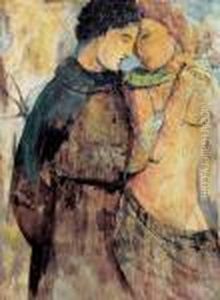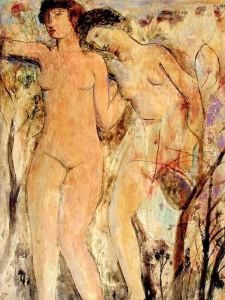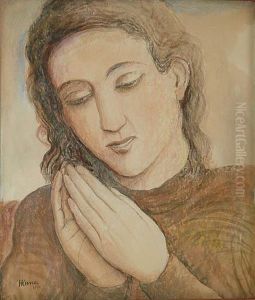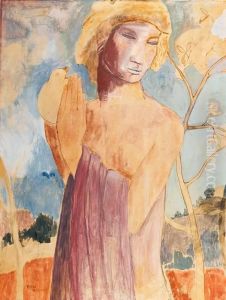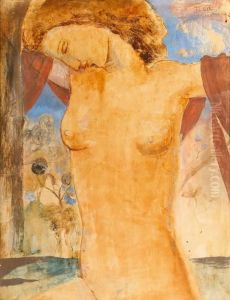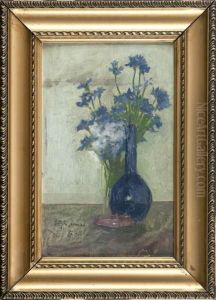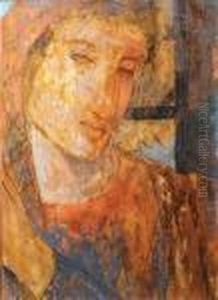Henryk, Henri Kuna Paintings
Henryk Kuna, also known as Henri Kuna, was a Polish-Jewish sculptor and artist, born in 1885 in Warsaw, which was then part of the Russian Empire and is now the capital of Poland. Kuna's artistic talents emerged early, and he pursued his passion for art through formal education, studying sculpture at the Warsaw School of Fine Arts. His quest for artistic growth later led him to continue his studies in Paris, which was the epicenter of the art world at the time. In Paris, he was exposed to the vibrant artistic movements of the early 20th century, which greatly influenced his work.
Kuna's style evolved over time, reflecting the various modernist currents of the era, including elements of Symbolism, Art Nouveau, and later, Cubism. His sculpture often embodied a sense of dynamism and fluidity, with a focus on the human figure, mythological themes, and allegorical subjects. Despite the avant-garde nature of his work, Kuna's sculptures also retained a certain classical harmony and poise, indicative of his academic training and his admiration for traditional sculptural forms.
Throughout his career, Henryk Kuna was an active participant in the Polish art scene. He was a member of various artistic societies and groups, such as the Formists, a Polish avant-garde group that sought to break with traditional art in favor of new forms of expression. He contributed to the development of modern art in Poland, both through his own work and through his involvement in the artistic community. His sculptures were exhibited in numerous shows and garnered attention both in Poland and abroad.
Unfortunately, Kuna's life and career were disrupted by the outbreak of World War II. As a Jew in Nazi-occupied Poland, he faced persecution and was forced to live under the constant threat of violence and deportation. The war years were a time of great suffering and loss for Kuna, as for many others, and his artistic output was severely affected. Henryk Kuna died in 1945, shortly before the end of the war. His legacy survives in the sculptures and artworks he left behind, which continue to be appreciated for their contribution to the modernist movement in Polish art.
